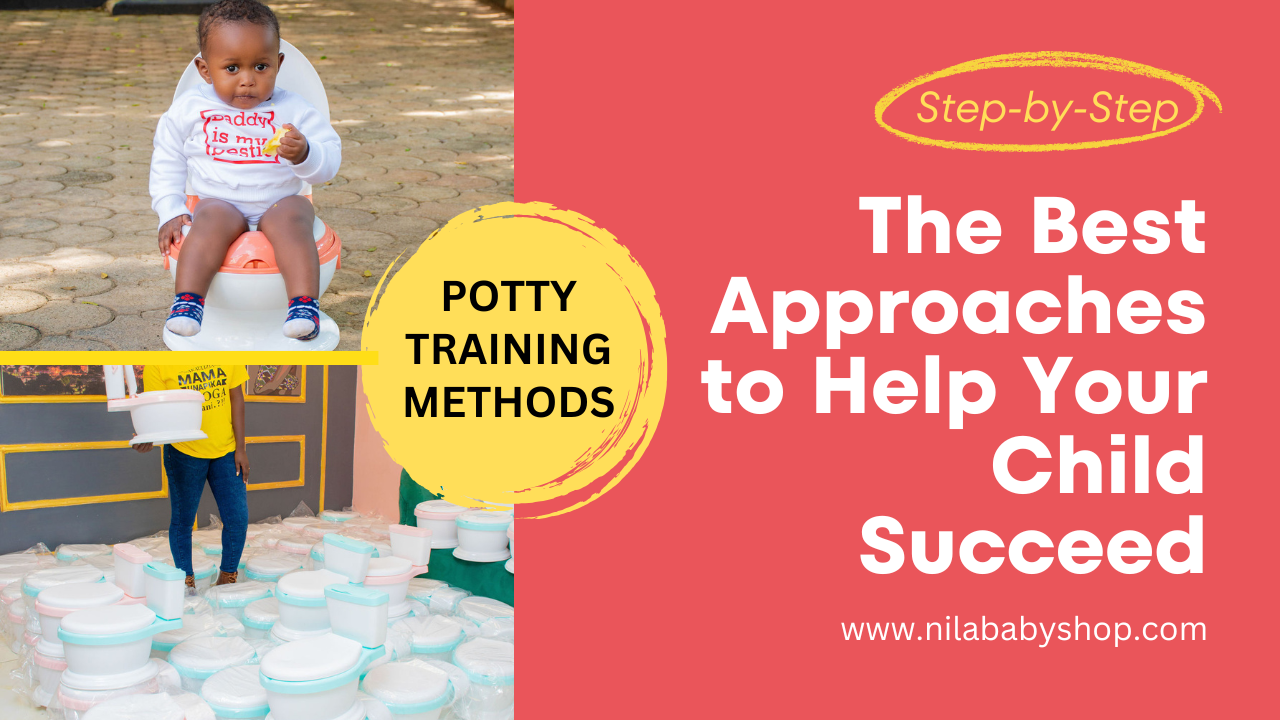
Nila Baby Shop
Potty training is a milestone every parent encounters, marking the transition from diapers to independence. While exciting, this process can also be challenging, requiring patience, consistency, and understanding. Choosing the correct potty training method is crucial to making the experience smooth and positive for both the parent and the child. In this blog, we’ll delve into the best potty training methods, offer insights on their effectiveness, and provide tips to help you decide which approach works best for your family.
Understanding Potty Training Readiness
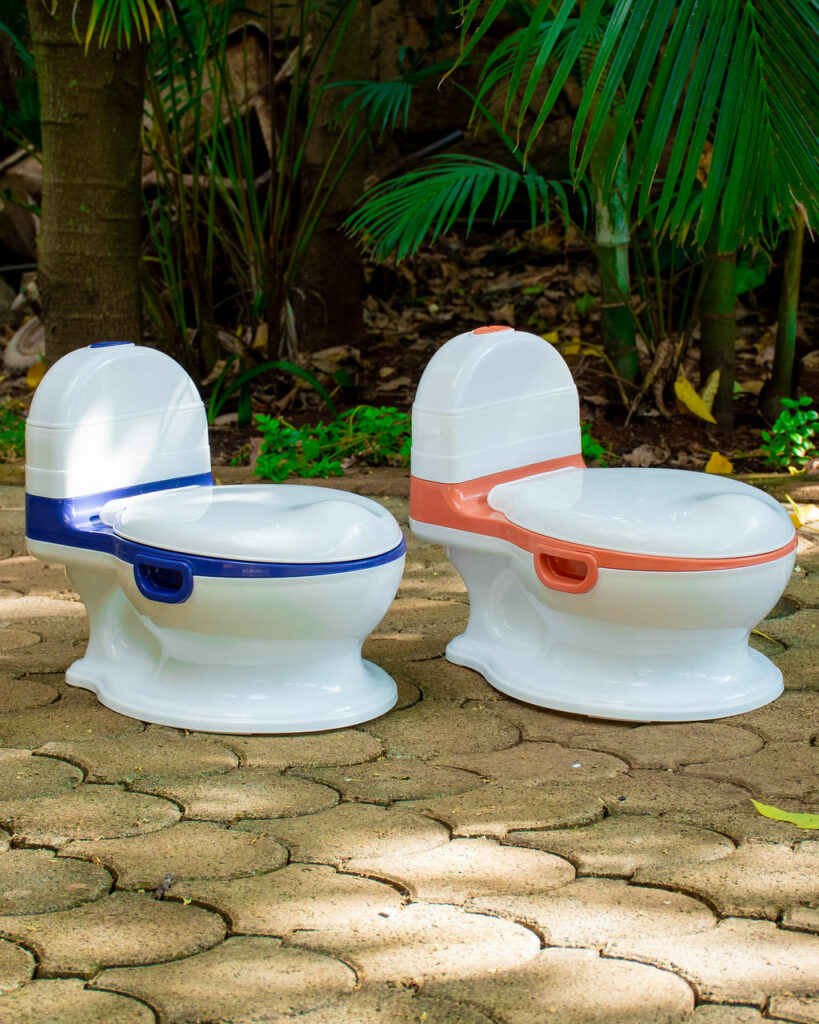
Before starting potty training, assessing if your child is ready is essential. Every child develops at their own pace, and pushing them too soon can lead to frustration. Here are some signs of readiness to look for:
- Physical readiness: The child can stay dry for at least two hours, indicating bladder control.
- Behavioral cues: They show discomfort in wet or soiled diapers or express interest in the toilet.
- Communication: The child can indicate the need to go verbally or through gestures.
- Motor skills: They can pull their pants up and down independently.
Usually, most children are able to go through potty training between 18 months and 3 years of age, although it varies with each child.
Top Potty Training Methods
Let’s explore some of the most effective potty training methods to help you choose the one that suits your child’s personality and parenting style.
The “Three-Day Method”
The three-day method is an intensive and focused approach to quickly teaching potty training. Developed by Lora Jensen, it involves dedicating three consecutive days to training, with parents closely monitoring their child’s cues and responding promptly.
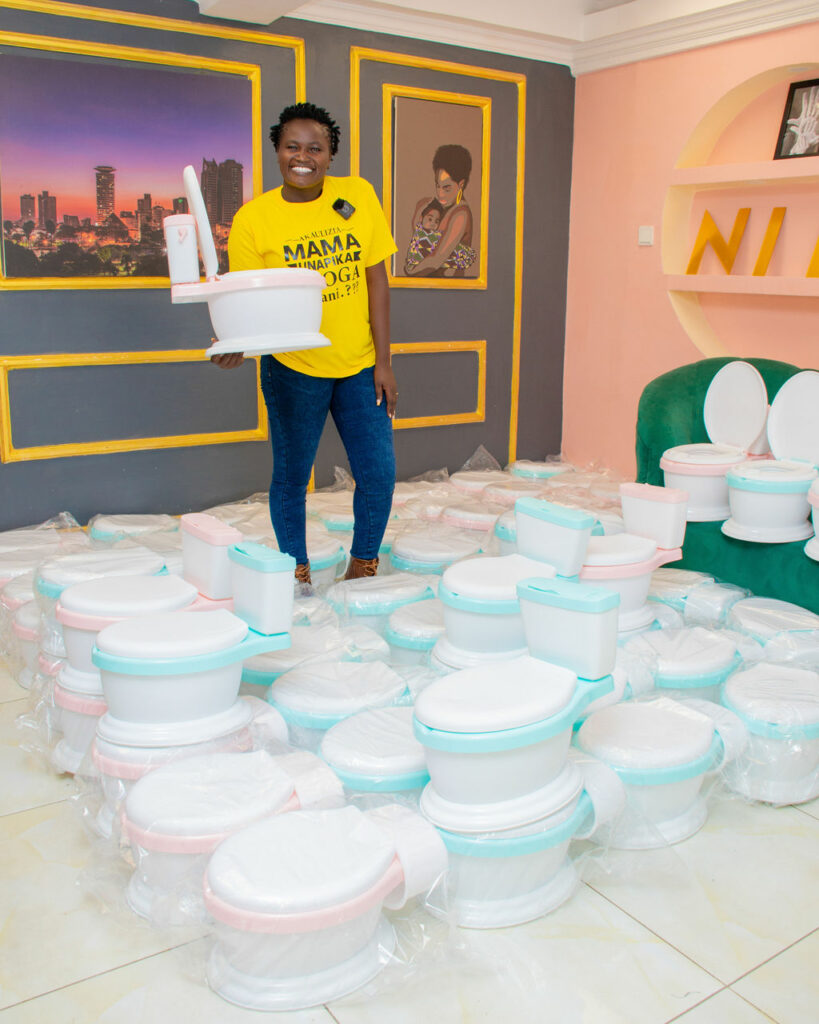
How It Works
- Start by letting your child go diaper-free (except at night) for three days.
- Watch for signs that they need to use the toilet, such as squirming or holding their crotch.
- Please encourage them to use the potty chair / potty ladder whenever they feel the urge.
- Offer positive reinforcement, such as praise or small rewards, when they successfully use the potty.
Pros
- Quick results for ready children.
- Focused time allows parents to address accidents immediately and reinforce learning.
- Builds a strong connection between the child’s body signals and potty use.
Cons
- Requires full-time commitment and undivided attention from parents for three days.
- It may not be very effective for children who are still at that developmental stage.
- There is often a lot of movement in the process, and therefore, many accidents occur, which can be pretty irritating.
Child-led or Gradual Potty Training
The child-led approach emphasizes allowing the child to set the pace for potty training. Parents introduce the concept gradually and follow the child’s signals to move forward.
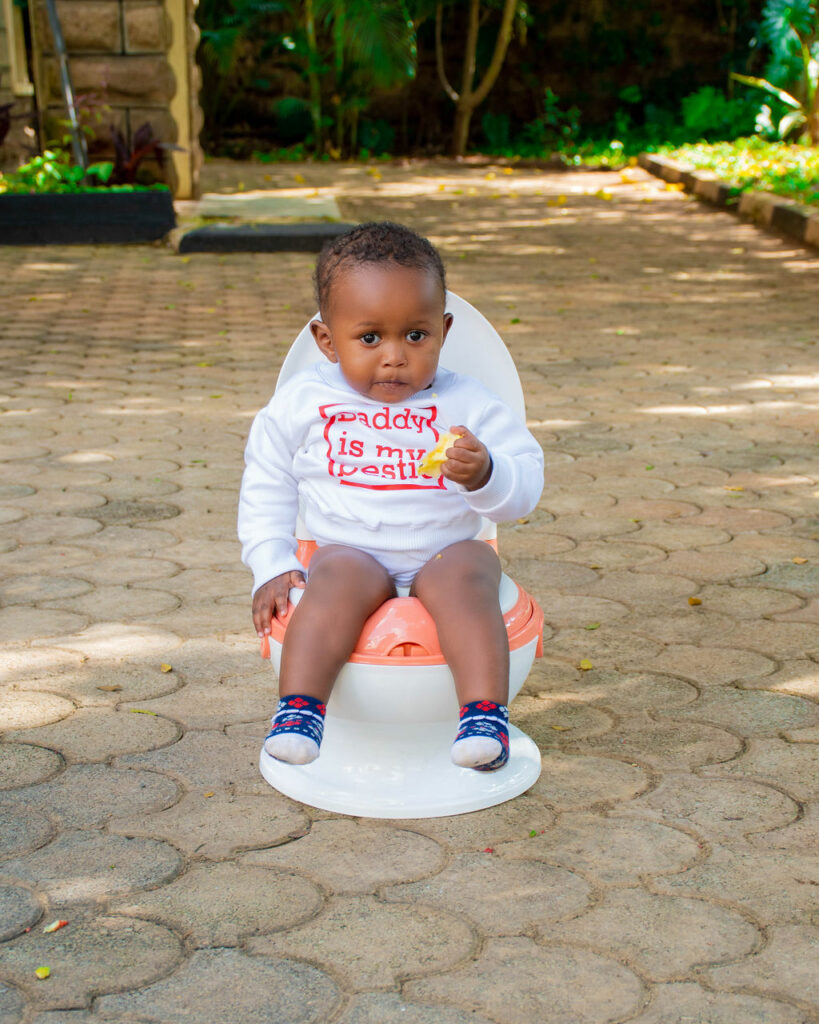
How It Works
- Introduce a potty chair or ladder and explain its purpose without pressure.
- Allow the child to first explore and sit on the potty fully clothed.
- Transition to practicing with bare bottoms and encourage trying the potty regularly.
- Reward success without punishing accidents.
Pros
- Respect the child’s natural development and reduce stress.
- Flexible and can be adapted to the child’s schedule and readiness.
- Encourages independence and confidence.
Cons
- It can take a longer time to achieve full potty training.
- Parents are required to be patient most of the time, even when there are setbacks.
- Some children may need consistent encouragement to gain interest.
The “Reward System” Method
This method uses a reward system, such as stickers, toys, or treats, to motivate children to use the potty.
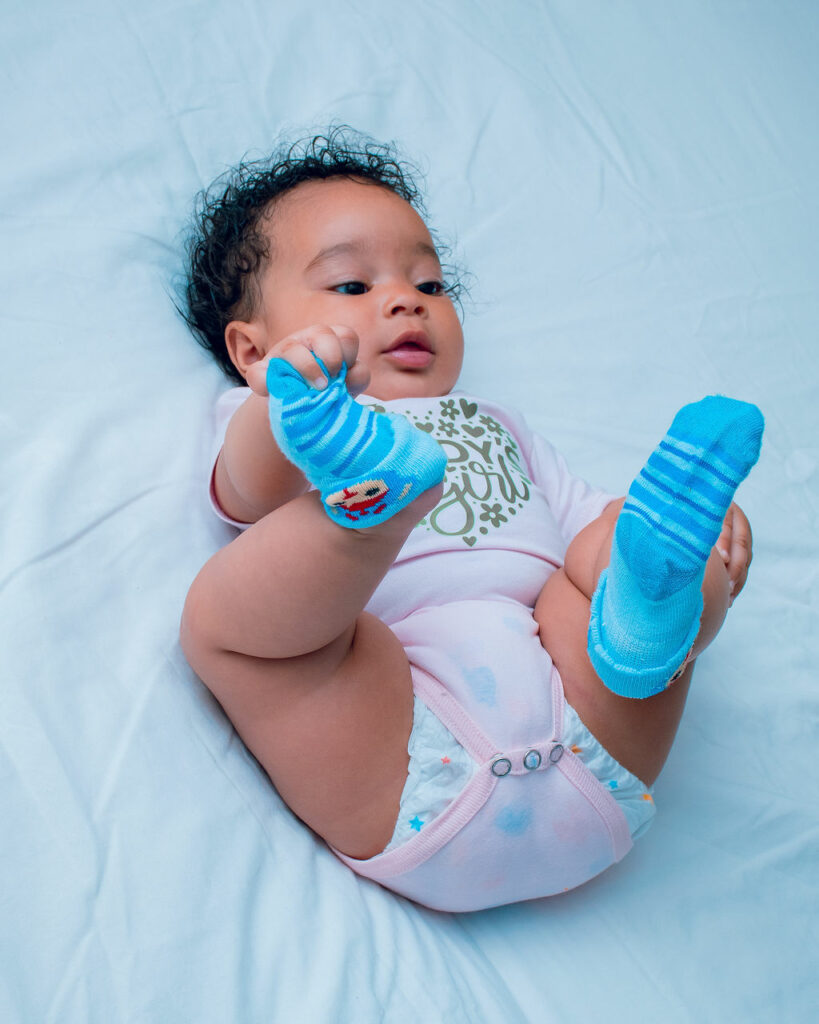
How It Works
- Set clear goals, like sitting on the potty or successfully using it.
- Establish a reward system, such as a sticker chart or small achievement prizes.
- Gradually increase the expectations, transitioning from sitting to using the potty consistently.
Pros
- Provides positive reinforcement that encourages progress.
- Fun and engaging for many children.
- It can be tailored to suit the child’s interests and motivators.
Cons
- More than just rewards may be required to promote intrinsic drive.
- May lead to disappointment if rewards aren’t delivered consistently.
- Requires careful management to avoid creating a sense of pressure.
The “Timed Potty Training” Method
Timed potty training involves regularly taking your child to the bathroom, regardless of whether they want to go.
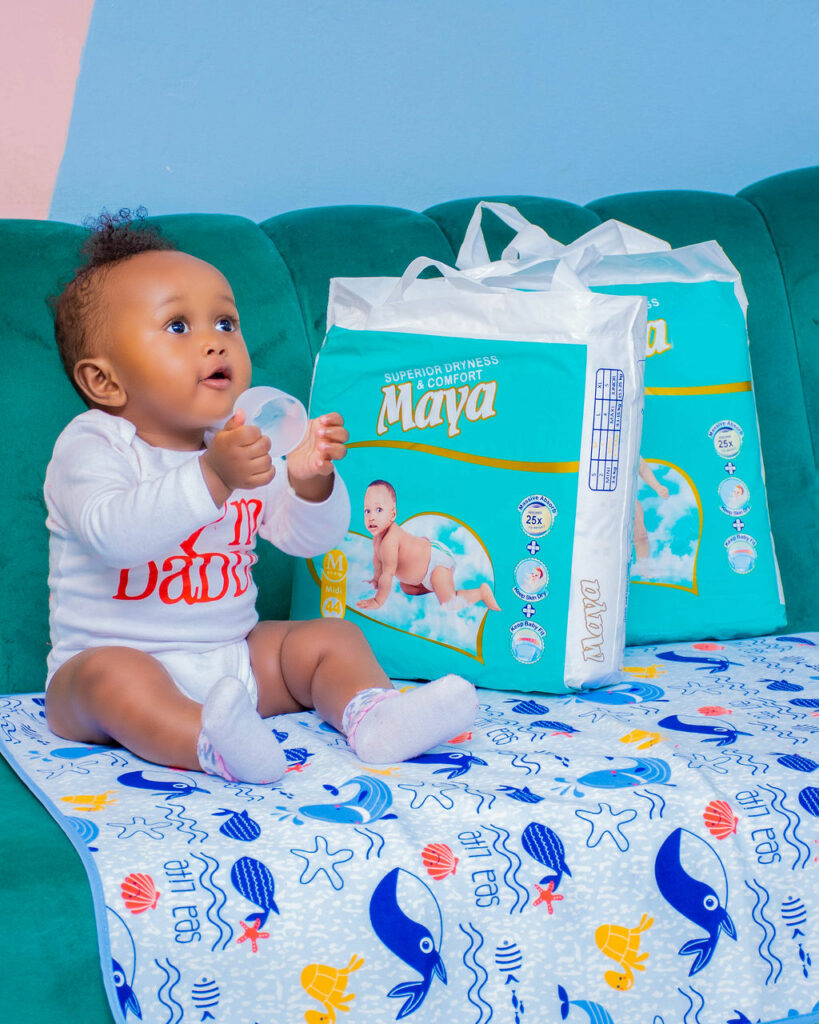
How It Works
- Set a timer or schedule for potty breaks (e.g., every 30 minutes to an hour).
- Encourage your child to sit on the potty during each break, even if they don’t feel the need.
- Gradually extend the time between potty breaks as the child becomes more comfortable.
Pros
- It helps establish a routine and builds habits.
- Reduces accidents by anticipating a child’s desire to go.
- It is particularly effective for children who struggle to recognize their body’s signals.
Cons
- It may feel repetitive or boring for some children.
- It can be time-consuming for parents to maintain consistency.
- It doesn’t directly teach children to recognize their body’s cues.
Potty Training in a Day
This rapid approach, established by Nathan Azrin and Richard Foxx, focuses on teaching toilet training in a single day using strict instruction and practice.
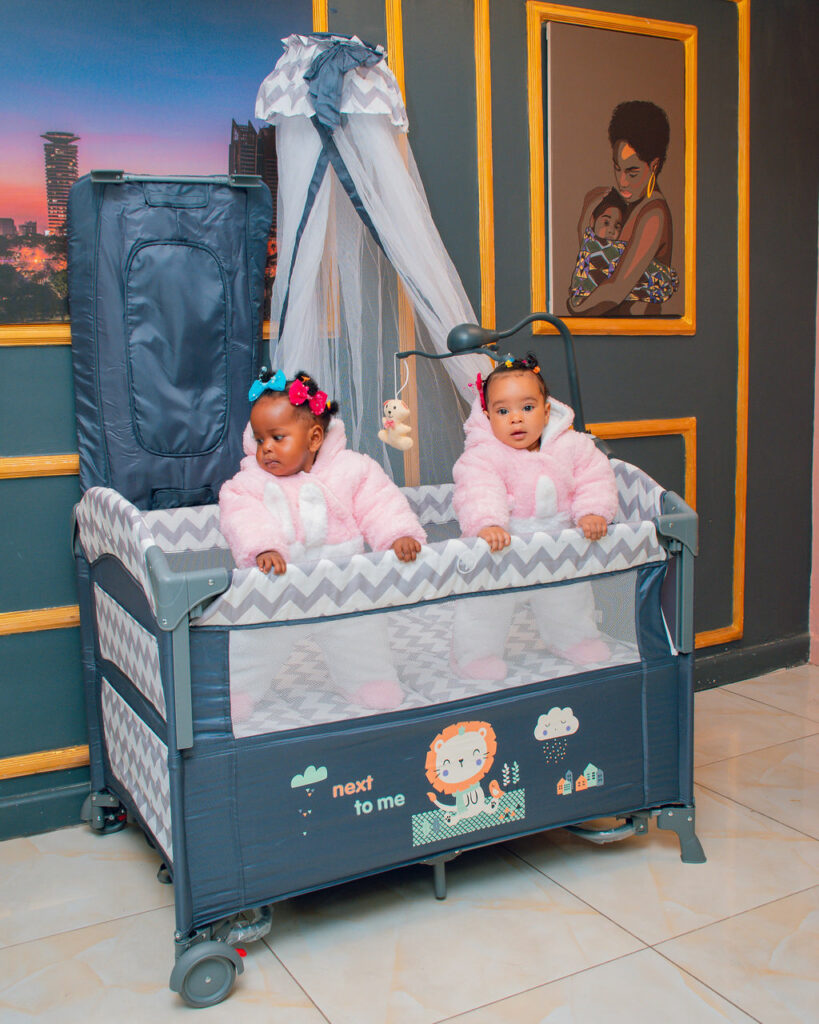
How It Works
- Spend a day dedicated to potty training, focusing on teaching your child the steps.
- Use a doll or toy to demonstrate the process before involving the child.
- Encourage frequent trips to the potty and celebrate successes.
- Use accidents as learning opportunities, reinforcing the correct behavior.
Pros
- Quick and effective for some children.
- The immersive experience reinforces the routine.
- A structured approach helps parents stay focused.
Cons
- It can be overwhelming for both the child and parent.
- Not suitable for children who aren’t fully ready.
- Success depends on the child’s temperament and adaptability.
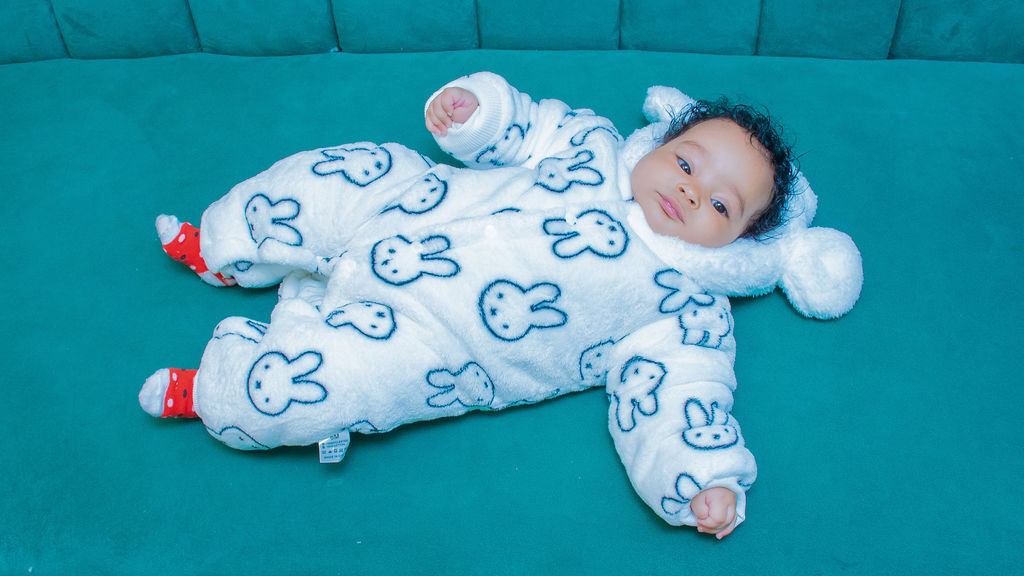
Tips for Successful Potty Training
Regardless of the method you choose, here are some universal tips to enhance the potty training experience:
Stay positive: Accidents are inevitable, so approach them as learning opportunities rather than failures. Avoid punishment or frustration.
Use age-appropriate language: Explain the process in simple terms your child can understand.
Create a potty-friendly environment: Make the potty accessible and comfortable, such as using step stools or fun potty chairs.
Be consistent: Follow a routine to reinforce learning and build habits.
Celebrate milestones: Acknowledge and praise small achievements to keep your child motivated.
Model the behavior: Let your child observe older siblings or you using the toilet to clarify the process.
Be patient: Every child is unique; give them time to learn independently.
Challenges in Potty Training and How to Overcome Them
Common Challenges
- Resistance to the potty: The child refuses to sit or use the potty.
- Accidents: Frequent mishaps can test patience.
- Fear of the toilet: The loud flush or size of the toilet may intimidate some children.
- Regression: Previously trained children may revert to old habits during stress or change.
Solutions
- Address resistance by making the potty a fun and inviting place with books, songs, or toys.
- Use protective covers or training pants to manage accidents without creating shame.
- Ease toilet fears with small steps, like introducing a potty seat or using a smaller chair.
- Handle regression with understanding and retraining rather than punishment.
Potty training is a significant milestone that requires collaboration, patience, and a tailored approach. Choosing a method that aligns with your child’s readiness and personality can make the process more enjoyable and effective. Whether you opt for the three-day method, a gradual approach, or a reward system, remember that consistency, encouragement, and empathy are key.
Celebrate each small victory along the way, and know that every child achieves this milestone in their own time. With love and support, your child will soon embrace independence and say goodbye to diapers for good.
Happy potty training!
Written by Nila Baby Shop
Best Baby and Mother Products Store. Our main objective is to provide an exceptional online shopping experience, home delivery, and prompt customer service.
Leave a Reply